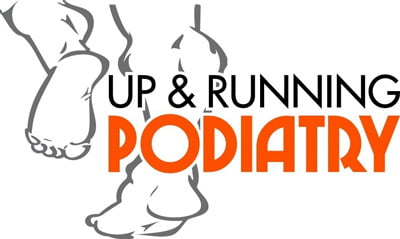Whether it is your first time running or you are returning to running from a long lay-off, there are a number of things which can go wrong in the initial few months.
Here are a few handy tips to get you up and running whilst minimising the risk of injury:
- Start from the beginning
One of the most common mistakes a runner returning from time off makes, is to go straight back to where they left off in their training. With breaks from training our bodies lose aerobic capacity as well as conditioning of muscles, tendons, ligaments and joints to withstand the load of running.
Each one of us is affected by this differently based on our history and whether we have had weeks, months or years off from our training.
It is important to start with the basics! Don’t be afraid to start with a 45 minute walk to re-condition some of the soft tissue structures. From here you can build into a bit of light running, which takes us to our next top tip! Gradually increasing our running whilst maintaining good technique will stimulate our nervous system, building stronger neural pathways to the muscles we need to be firing.
- Gradually increase load
Whether you’re a beginner going for your first run, or Mo Farah training for double Olympic gold medals, a gradual increase in load is essential for any athlete.
Training load should only ever be increased in 10% increments and should only be applied to one of: distance, time, intensity, or weight. Implementing this principle when developing your training program is one of the best ways to reduce the risk of injury or burning out.
If you’re unsure of the best way to develop a training program for yourself, enlist the help of a running coach. Chris from GO Run Australia will have you sorted!
- Regularly use self-myofascial release & stretching
Runner or not, we have all felt muscle tightness at some stage in our lives. There are many causes of this feeling of muscle tightness or soreness including training load, running mechanics, our jobs or footwear choices.
Stretching our muscles and using foam rollers or massage balls helps to free up our muscles for activity. Making these simple exercises a part of your daily routine will get you feeling much looser and ready to smash your next training session.
- Get Strong!
Thousands and thousands of steps every day! Up to 3 times our body weight can be transferred through our lower limb with each step taken while running. Without the necessary strength, these steps can start to add up and take a load on our bodies. A great way to keep yourself healthy and active is to mix up your running with a couple of days of strength training.
Target the muscles around your hips and core as well as building up the 20 tiny muscles in each foot and 13 bigger muscles which cross each ankle. It wouldn’t hurt to keep that upper body working too.
You’ll discover another level of confidence with your new and improved biceps, and might even find you’re smashing your old PBs!!
…Don’t worry, strength training shouldn’t affect your weekly mileage. It is there to compliment your running program, so if you are too sore to run after your strength session then you’ve done too much!
- Wear the right shoes
We have some of the best athletes in the world leading marketing campaigns for different sports and running shoe brands. We also have these brands using terms like “motion control”, “neutral” and “cushioned” in their categorisation of footwear.
So how do we know which runner best suits us?
Without delving too deep into the categorisation of footwear, it is important to assess an individual’s running mechanics and gait pattern to tailor shoe options for them. From here we should be fitted up properly for our footwear to ensure it is the correct length and width fit as well as the overall feel of the shoe.
Generally speaking a runner should last approximately 600 – 800kms and should be updated after this period. If possible it is also useful to transition between a couple of different pairs of runners for different training types.
